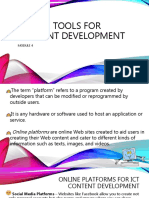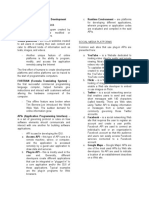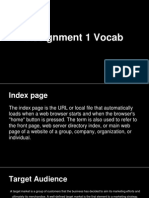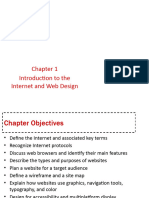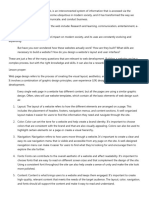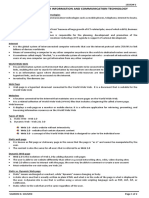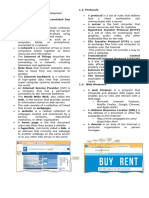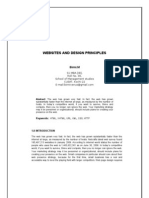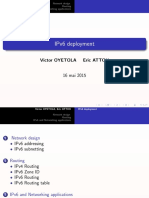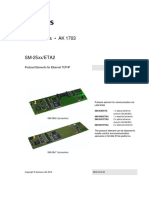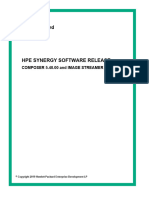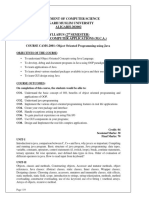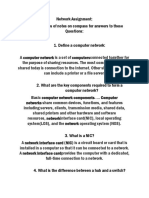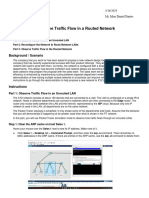0% found this document useful (0 votes)
52 views12 pagesWeb Dsign
Web design involves planning and creating websites, which includes skills like information architecture, user interfaces, site structure, navigation, layouts, colors, fonts, and imagery. It is an industry with many technical terms and evolving technologies. Some essential terms include HTML, CSS, and JavaScript which define how content is structured and presented, responsive design which adapts websites for different devices, semantic markup which provides metadata about content, and information architecture which organizes website content and structure.
Uploaded by
angelicacasuncad6Copyright
© © All Rights Reserved
We take content rights seriously. If you suspect this is your content, claim it here.
Available Formats
Download as DOCX, PDF, TXT or read online on Scribd
0% found this document useful (0 votes)
52 views12 pagesWeb Dsign
Web design involves planning and creating websites, which includes skills like information architecture, user interfaces, site structure, navigation, layouts, colors, fonts, and imagery. It is an industry with many technical terms and evolving technologies. Some essential terms include HTML, CSS, and JavaScript which define how content is structured and presented, responsive design which adapts websites for different devices, semantic markup which provides metadata about content, and information architecture which organizes website content and structure.
Uploaded by
angelicacasuncad6Copyright
© © All Rights Reserved
We take content rights seriously. If you suspect this is your content, claim it here.
Available Formats
Download as DOCX, PDF, TXT or read online on Scribd
/ 12


